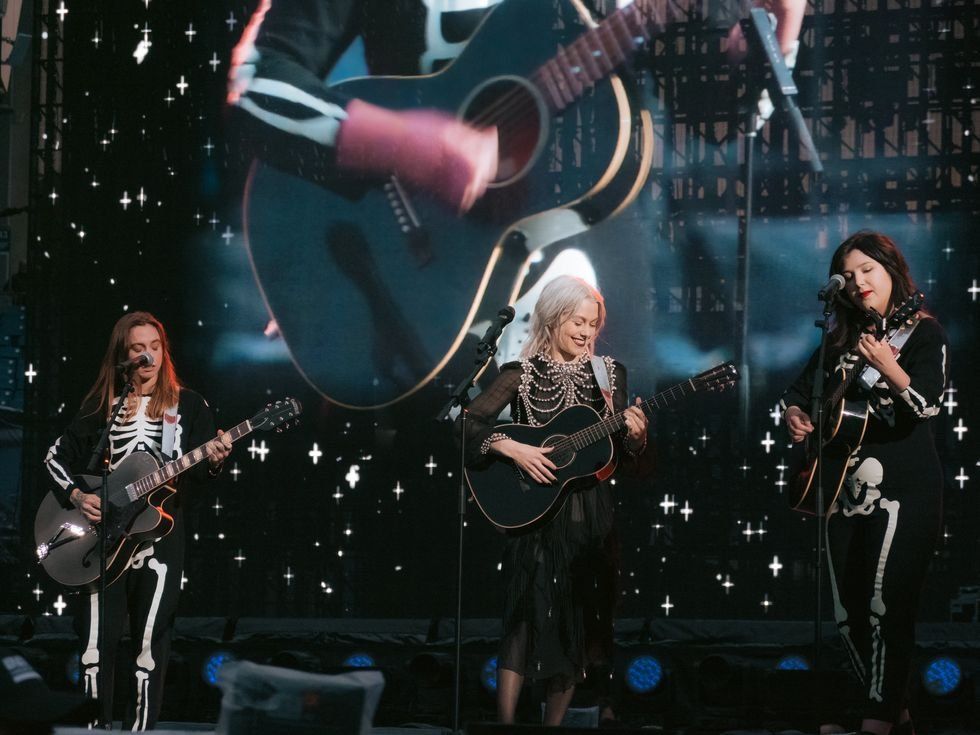The newest addition to the world-famous series made its debut on July 31, 2016. A script of the original West End play, Jack Thorne’s Harry Potter and the Cursed Child follows the happenings of Harry and his family nineteen years after the battle of Hogwarts—right where J.K. Rowling left off at the end of Harry Potter and the Deathly Hallows. Familiar characters Ginny, Ron, Hermione, and Malfoy take part in the story alongside the more recent additions of their children, Albus Potter and Scorpius Malfoy. But does the much-anticipated script live up to expectations? Readers are split.
In discussion, I've previously heard this script called both “the perfect follow-up to the Potter story” and “a glorified piece of fan-fiction.” Barnes and Noble customers rate the “book” at a less-than-impressive 3.6 out of 5 stars, while GoodReads gives it a more hopeful 4 out of 5 stars. Reviews range from good to bad to downright ugly.
I’ll be honest: this book did not feel like a continuation Harry Potter tale to me. The magic was there, but just barely. Beloved characters lost their shine and hardly resembled themselves. The dialogue proved disappointing, the plot struggled to survive, and the script format took away readers’ in-depth views into characters’ heads. Yet I have many reasons to love this publication.
After an afternoon of reading (in which I admittedly started and finished the book) I took a few moments to reflect. Was this how I imagined Harry’s future panning out? Of course not. Was the writing an enjoyment to read? Not always. Did I love it? In a way, yes.
Stepping outside of J.K. Rowling’s head and into Jack Thorne’s definitely brought a different light to the script. The style, phrasing, and feeling of the words was not that of the author I had come to know and love. Different doesn’t have to mean bad, though. When I regarded the script as an addition to the original series rather than an extension of the story, I began to appreciate it more. The new take on the wizarding world lacked: it was clear to me that Thorne did not know the characters the way Rowling did. But it wasn’t a total disappointment, either.
While the play shares some characteristics of the novels that came before it, the new story seems to exist in a universe all its own. Older characters are not themselves, and the more recent are somewhat underdeveloped (which I would contribute to the script structure). All of the happenings and reactions throughout the story struck me as much more childish than that of earlier novels; I couldn’t regard them with the same maturity as Harry’s adventures. Nevertheless, I flipped pages at the speed of light at tense points; I laughed out loud at humorous lines; I felt endeared by both Albus and Severus. The characters were lovable in their own unique ways despite being much flatter than the stars of the original series.
I can say with confidence that I would recommend this book to any Harry Potter fan who does not yet feel finished with the wizarding world. It’s a quick and enjoyable read that is sure to leave you gasping, laughing, and smiling all at once. And if reading Harry Potter and the Cursed Child doesn’t satiate your thirst, you can fruitlessly attempt to snag tickets for the play—it’s sold out until November 2017!






 Energetic dance performance under the spotlight.
Energetic dance performance under the spotlight. Taylor Swift in a purple coat, captivating the crowd on stage.
Taylor Swift in a purple coat, captivating the crowd on stage. Taylor Swift shines on stage in a sparkling outfit and boots.
Taylor Swift shines on stage in a sparkling outfit and boots. Taylor Swift and Phoebe Bridgers sharing a joyful duet on stage.
Taylor Swift and Phoebe Bridgers sharing a joyful duet on stage.












